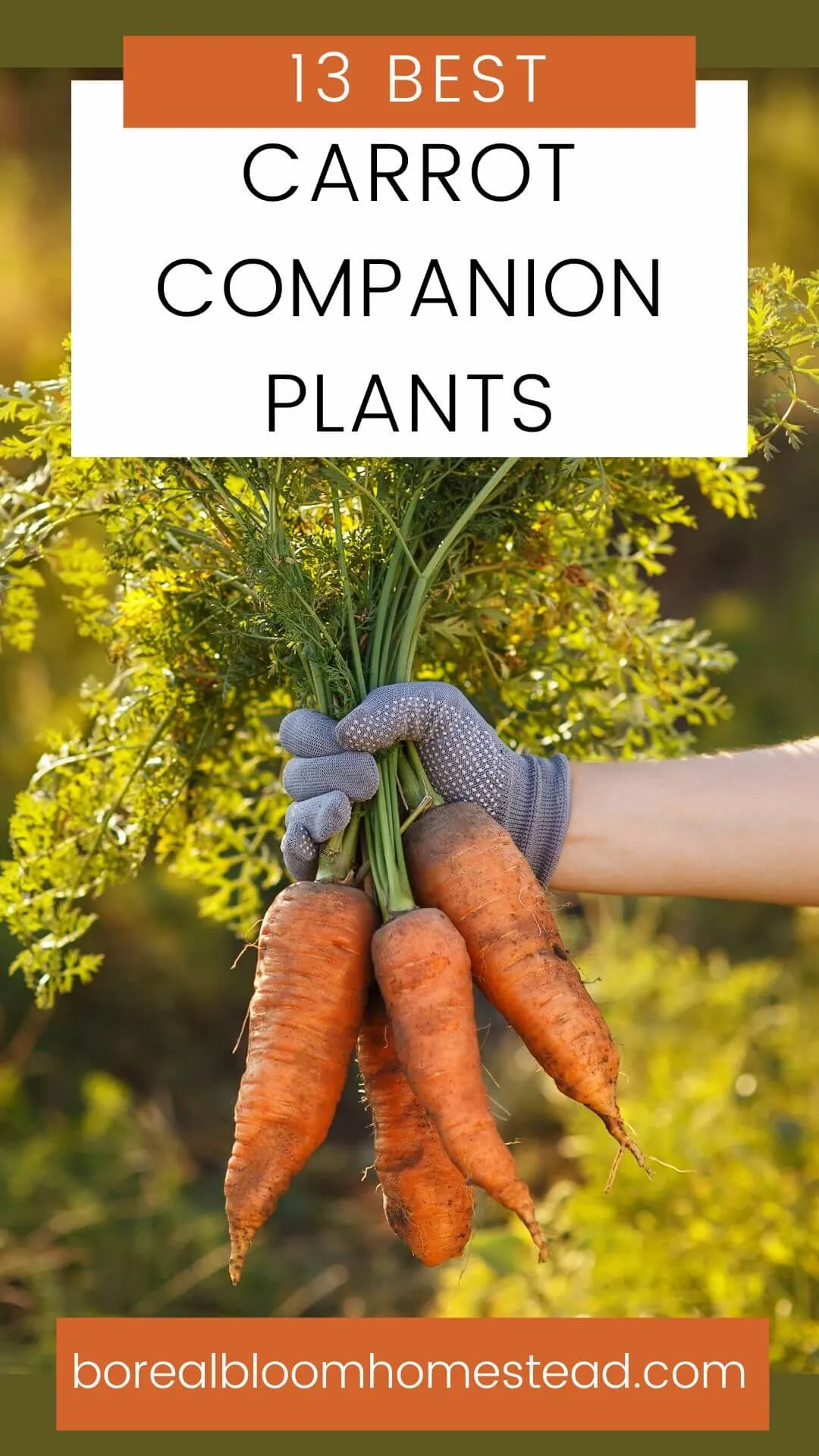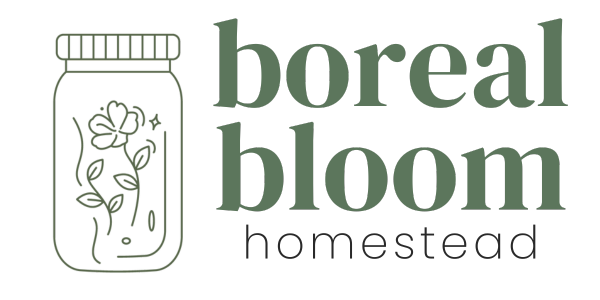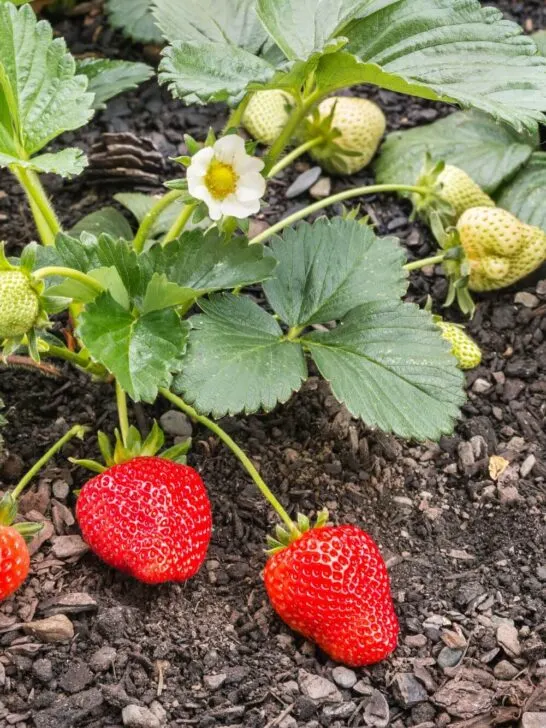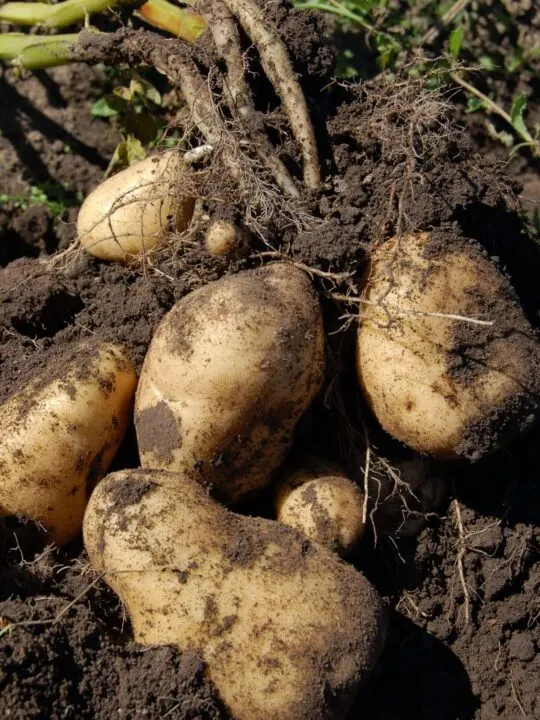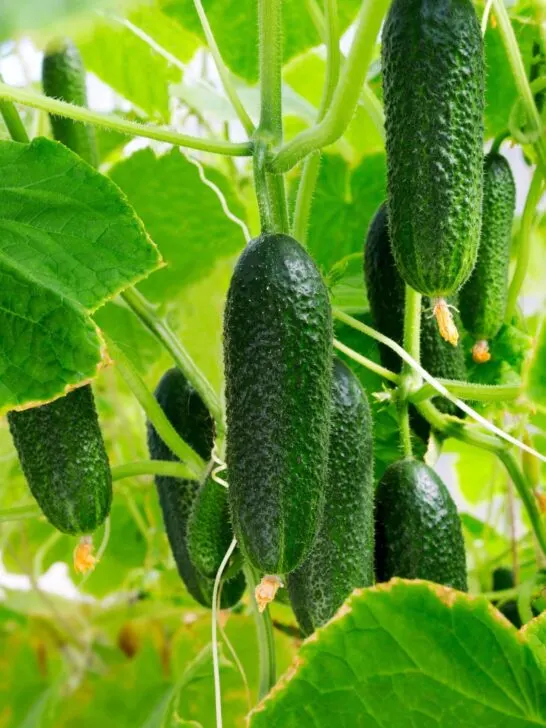One vegetable that's always found a place in my garden is the humble carrot. Each year, I challenge myself to grow at least one new variety, constantly expanding my knowledge and understanding of this vibrant root vegetable.
Botanically speaking, the carrot, known by its scientific name Daucus carota, is a member of the Apiaceae family, which also includes plants like parsley, celery, and parsnip.
It's a biennial plant, meaning it completes its life cycle over two years. In the first year, it grows its leafy top and accumulates reserves in its often orange taproot - the part we most commonly eat. In the second year, if left to grow, the carrot produces a flowering stem, blooms, sets seeds, and then dies.
Above ground, the carrot plant has a rosette of feathery green leaves that are divided several times into narrow segments. These leaves not only photosynthesize to help the plant grow but also play a crucial role in the process of transpiration.
The flowers of a carrot plant, which usually appear in the second year, form a flat-topped cluster called an umbel.
Over the past few years, I've fallen in love with three varieties: Bolero, Deep Purple, and the delightful globe-shaped Paris Market carrots. The Boleros are sweet and crunchy, the Deep Purples bring a splash of unexpected color to the table, and the Paris Markets? Well, let's just say they add a touch of whimsy to any dish.

As an Amazon Associate I earn from qualifying purchases.
Jump to:
What Is Companion Planting?
Companion planting is a gardening technique that involves growing different plants near each other for mutual benefit. The idea is that certain plants can help each other to grow better when they're planted together. This can happen in a few ways:
- Mutual Growth Support: Some plants may complement each other's growth habits. For example, tall plants can provide shade for shorter plants that are sensitive to direct sunlight.
- Pest Control: Some plants can deter pests that would otherwise harm their neighbors. For instance, marigolds are known to repel certain insects that are harmful to vegetables.
- Enhancing Flavor and Growth: Certain combinations of plants are believed to enhance each other's flavor or growth. For instance, basil is said to improve the flavor of tomatoes, while beans can provide nitrogen to the soil, benefiting neighboring plants that need this nutrient.
- Attracting Beneficial Insects: Some plants can attract beneficial insects, which can help to pollinate crops or control pests.
- Beneficial Habitats: Certain plants can attract beneficial insects, which help control pest populations or aid in pollination. For instance, yarrow and fennel attract ladybugs, which are natural predators of aphids.
- Optimizing Space and Resources: Companion plants can be chosen to make use of available space efficiently. Tall plants provide shade for shorter plants sensitive to the sun. Deep-rooted plants draw nutrients from lower soil layers and the shallow-rooted ones get nutrients from the top soil.
Successful companion planting requires knowledge about each plant's needs, growth habits, and possible interactions with other plants. It's part science, part art, and a big part of sustainable gardening practices.
If you're ready to take your carrot growing to the next level, consider choosing best companion plants for your carrot patch!
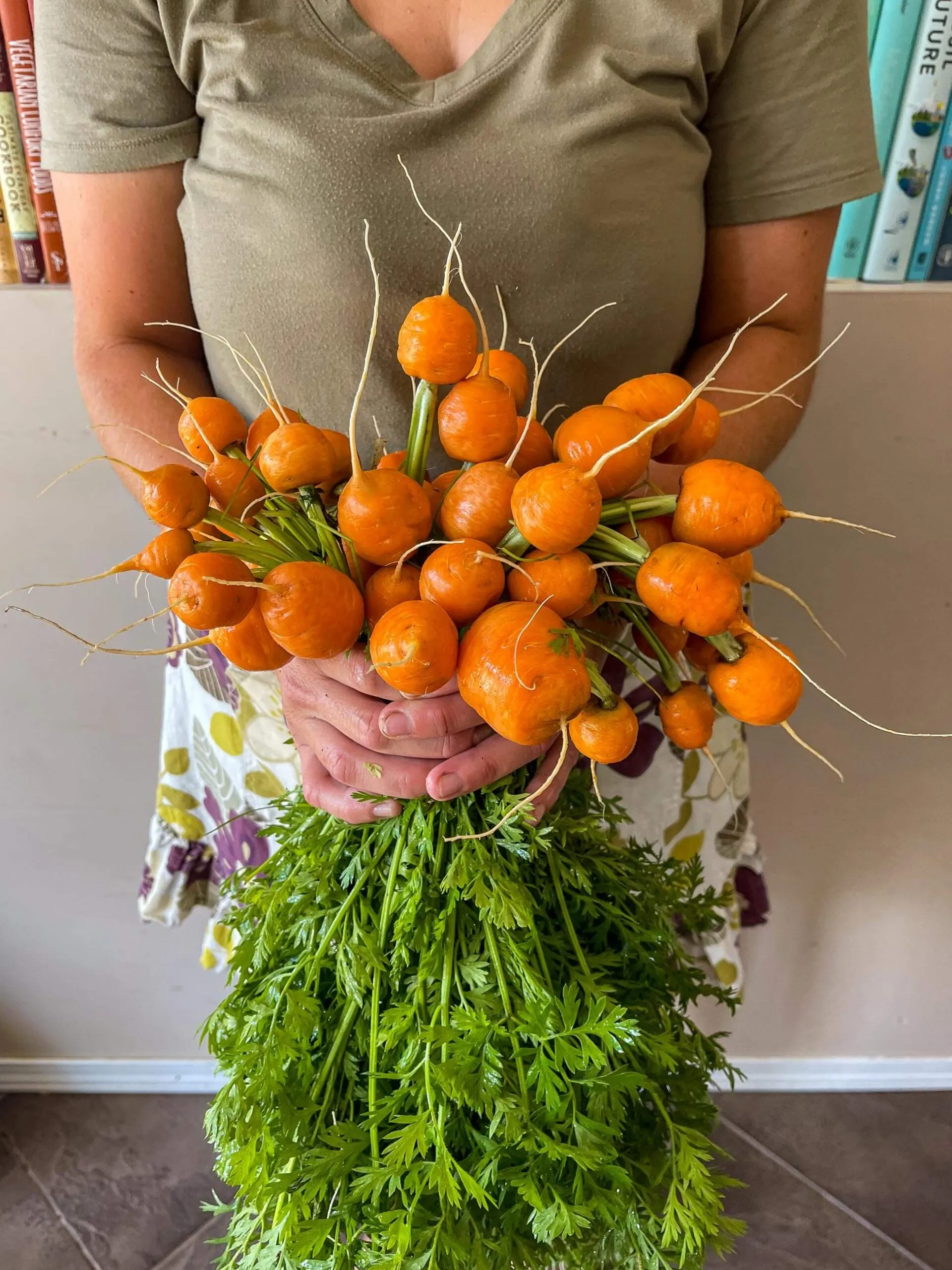
Best Carrot Companion Plants
Alliums:
Alliums, including onions, garlic, leeks, and chives, are known to be excellent companion plants for carrots due to their ability to deter pests, particularly carrot flies. Carrot flies are attracted to the scent of carrots, especially when they are young and most vulnerable.
Chives in particular are thought to improve both the flavor and growth of carrots.
The strong, pungent aroma of alliums can mask their scent, making it difficult for carrot flies to locate them and lay their eggs. Consequently, the larvae, which cause damage by feeding on the roots of the young plants, will not pose a threat. This can prevent substantial damage or even the death of the carrot plants.
In addition to this protective feature, the growth habits of alliums also complement those of carrots. Alliums grow upward with shallower roots, while carrots develop beneath the soil. This means they can share the same garden space without competing for nutrients and room, making them efficient companions in the garden.
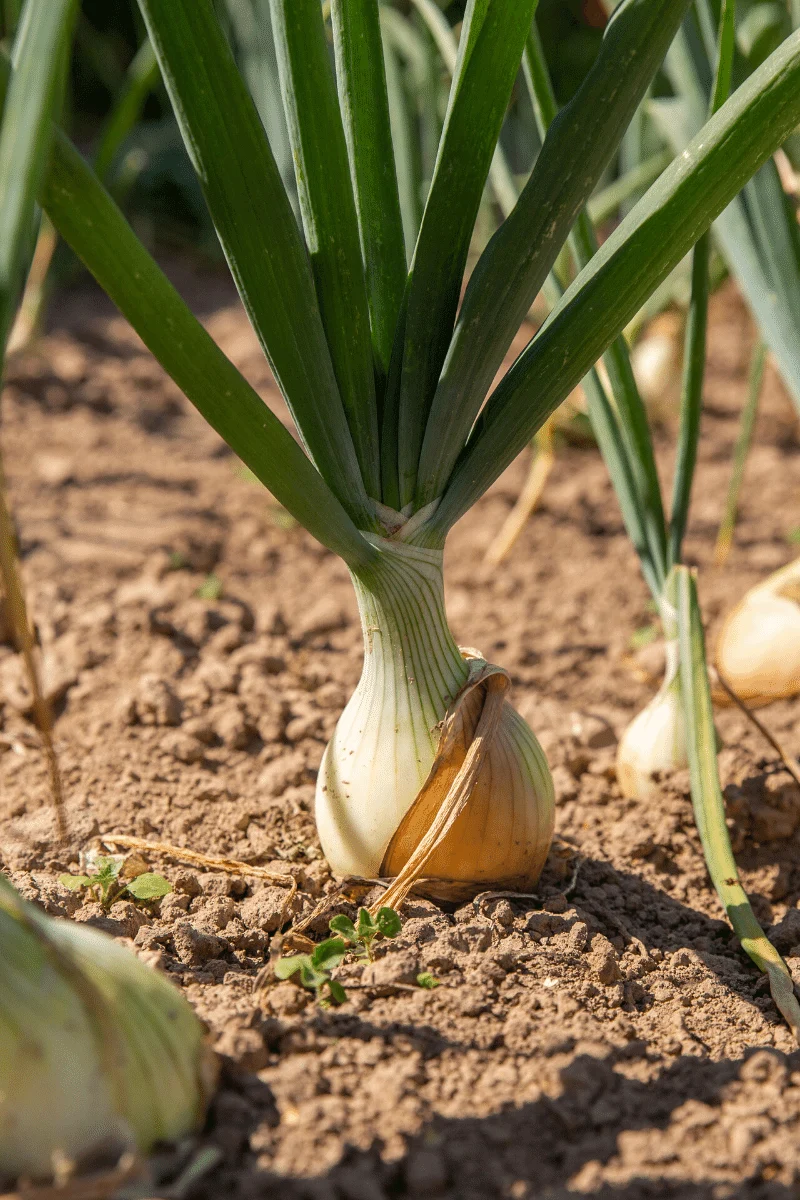
Arugula:
Carrots make a great companion plant for arugula because their taller fronds provide much-needed shade to arugula plants. This is particularly beneficial in warmer weather when arugula can bolt, or go to seed, prematurely if it gets too hot. The shade from the carrot greens helps to keep the arugula cooler, potentially extending its growing season and preventing it from bolting too quickly.
Arugula and carrots occupy different spaces in the soil, with carrots having deep roots that fetch nutrients from below, while arugula has shallow roots that take nutrients from the upper layers of the soil. This allows the two plants to coexist without competing for resources.
This beneficial relationship allows both plants to thrive together in the garden.

Basil:
Companion planting with basil is a great strategy in the carrot patch. The aromatic oils in basil leaves can effectively mask the appealing scent of carrot tops and turnip greens, making them less attractive to pests such as aphids, beetles, and even larger foragers like deer.
Additionally, basil is known to attract beneficial insects like bees and ladybugs that help with pollination and pest control, respectively. So, not only does it protect your root vegetables by disguising their scent, but it also contributes to a healthier and more balanced garden ecosystem.
So, deer and other unwanted visitors might just have to look elsewhere for their dinner!
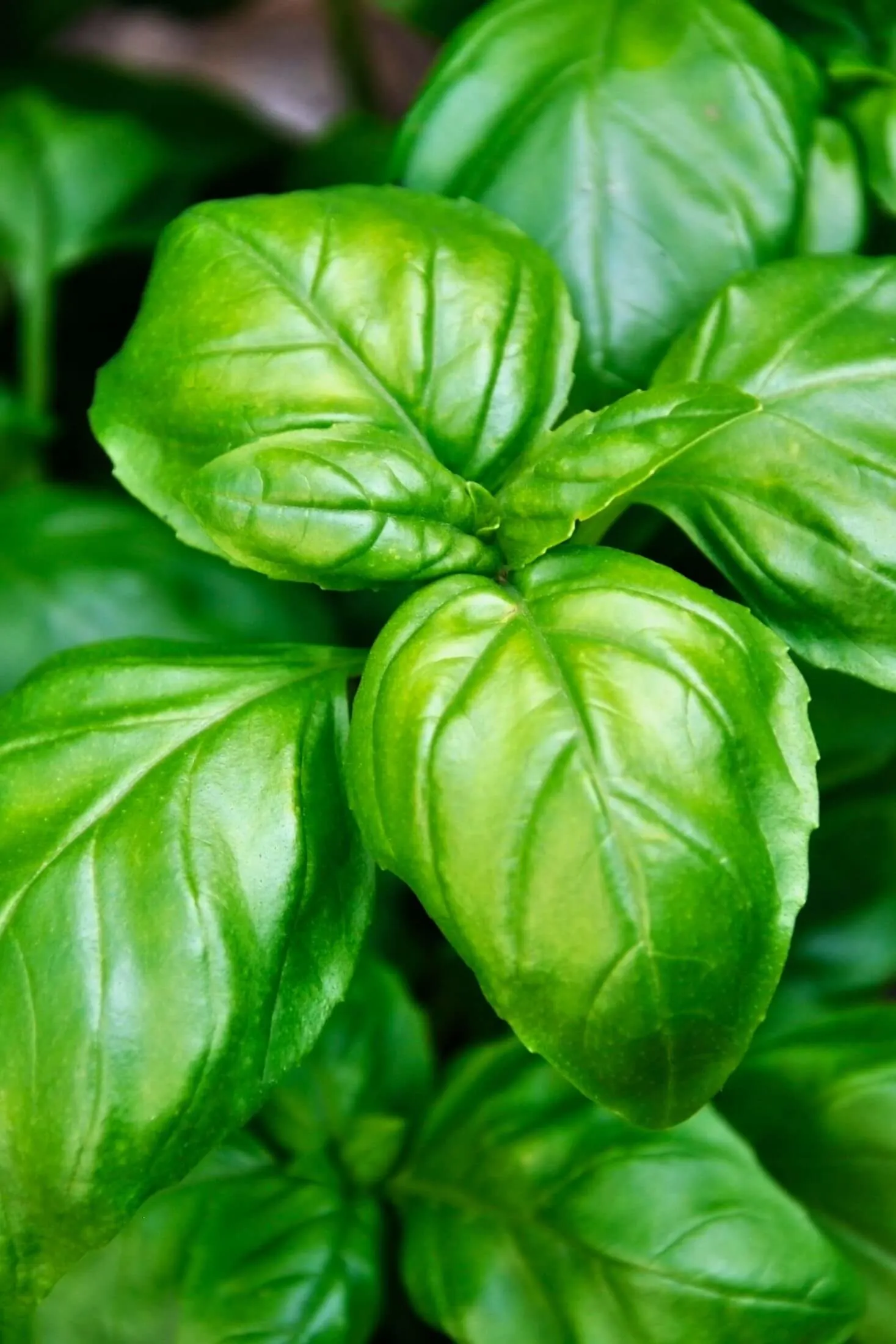
Cucumber:
If you're growing climbing cucumbers on a trellis, you'll notice that the area beneath the trellis often remains unused. This underutilized space can be smartly employed to grow root vegetables such as carrots, beets, turnips, or parsnips.
Root vegetables are an excellent choice in this location for a few reasons.
- Carrots and other root veg have different nutrient requirements than cucumbers, meaning they are less likely to compete for the same soil resources. Cucumbers, being heavy feeders, primarily need nitrogen to support their extensive foliage. In contrast, root vegetables require more phosphorous for their underground growth.
- The leafy green tops of these root crops spread across the garden floor, creating a living mulch. This natural ground cover is beneficial to the garden ecosystem in several ways. It helps to retain moisture in the soil by reducing evaporation, which is particularly helpful during dry periods. The living mulch also suppresses weed growth by blocking sunlight access to the soil surface and helps to regulate soil temperature, keeping it cooler in the hot summer months and warmer during cooler periods.
Planting root crops under a cucumber trellis not only makes efficient use of your garden space but also contributes to a healthier, more balanced ecosystem in your garden.

Legumes:
Beans and peas, as legumes, have the unique ability to capture nitrogen from the atmosphere through a symbiotic relationship with bacteria in their root nodules. This process enriches the soil with nitrogen, a nutrient that is essential for the growth of most plants, including carrots.
When you cut the beans or peas at the root and allow the roots to decompose in the soil, the nitrogen stored in the roots is released into the soil, making it readily available for use by other plants. Laying the green parts of the plants on top of the soil creates a natural mulch that helps retain soil moisture and suppress weeds, while also slowly decomposing to add more organic matter to the soil.
Intercropping carrots with bush beans or bush peas offers additional benefits. The beans and peas, being cool season crops, will naturally die back as temperatures rise during the height of the growing season. This leaves more space for the carrots to grow and spread, reducing competition for resources and allowing the carrots to thrive.

Mint:
The strong smell of mint can confuse certain pests, making it harder for them to locate their desired host plants like carrots, celery, parsley, and parsnips.
Carrot root flies are particularly problematic because they lay eggs at the base of these plants. Once the larvae hatch, they start feeding on the roots, causing significant damage that can stunt growth or even kill the plant.
By planting mint near these vulnerable crops, you can create a kind of aromatic shield. The overpowering fragrance of mint can mask the scent of the host plants, keeping them off the radar of carrot root flies and even foraging pets.
Although mint is a useful companion plant due to its insect-repelling properties, it's also known to be quite invasive. I recommended planting mint in containers or pots to prevent it from spreading uncontrollably throughout your garden.
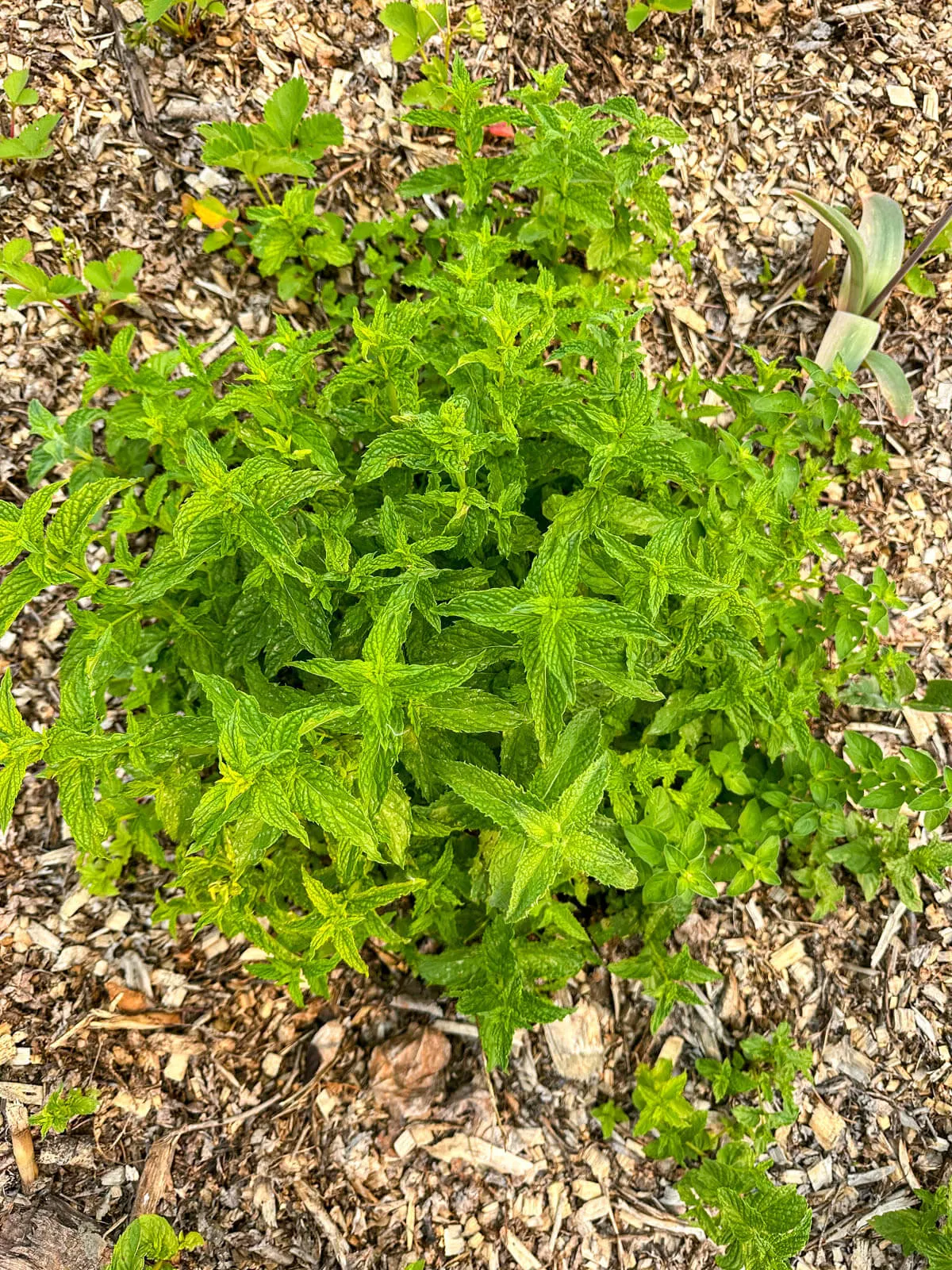
Rosemary:
The potent essential oils in rosemary's needle-like leaves not only give it its distinctive fragrance but also serve as a protective mechanism. These oils can effectively mask the scent of other plants, like carrots, making them less attractive to pests like aphids, snails, and slugs, as well as foraging animals.
Certain compounds found in rosemary's essential oils are known to have insecticidal properties. This means they can not only repel but also potentially kill certain pests. Therefore, rosemary oils and extracts are often used in organic pest control strategies and the plant shows promise as a living deterrent in gardens to protect more vulnerable plants.
While rosemary is adept at repelling unwanted pests and animals, its fragrant oils also attract beneficial insects. Although its flowers are small, gardeners must consider the many, many, unsung tiny pollination heroes that are perfectly suited to its small flowers.
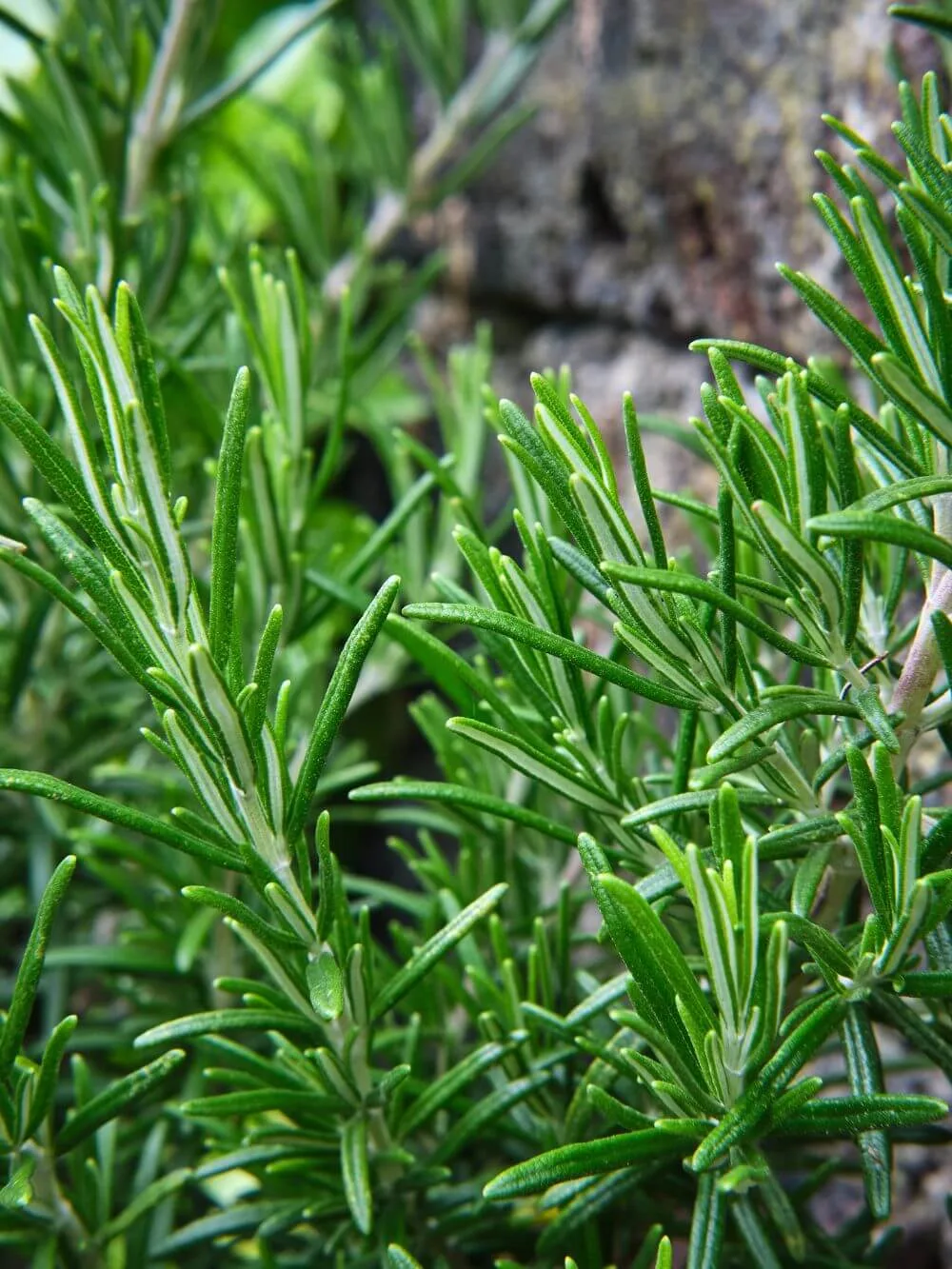
Sage:
Sage, with its strong fragrance and essential oils, is an effective deterrent against pests like the carrot rust fly. The scent of sage can confuse these pests, making it difficult for them to locate their host plants, in this case, carrots.
Not only does sage protect your carrots from these destructive insects, but some gardeners also believe that it enhances the flavor of the carrots, making them even more delicious.
As for deterring larger foragers, such as deer, sage can be quite effective as well. Its robust aroma can be off-putting to these animals, keeping them away from your precious harvest. Using sage as a border plant or placing it in pots among your rows can create a fragrant barrier that deters deer and other unwanted visitors.

Tomatoes:
Tomatoes and carrots are considered good companion plants. The complementary growth patterns of these two plants allow them to coexist harmoniously in the same garden space, especially if trellising tomatoes!
The strong smell of tomato leaves may deter pests that are typically attracted to carrots. It is possible that solanine in the leaves of the tomato plants is a potent pest deterrent.
An interesting aspect of this pairing is the belief held by some gardeners that growing tomatoes alongside carrots can actually enhance the flavor of the carrots. While there's no scientific evidence to back this claim, many gardeners swear by it. The idea is that the tomatoes might somehow influence the carrots to produce more sugars or other flavor-enhancing compounds. Whether or not this is true, the fact that these two plants can grow well together and possibly even enhance each other's growth makes them a popular pairing in many gardens.
I have, and love, a companion planting book called Carrots Love Tomatoes - so there must be something to this pairing.

Worst Carrot Companion Plants
Asparagus:
Carrots' deep taproot enables them to access nutrients from deeper soil layers and accumulate carbohydrates, which they store for the subsequent growing season. As gardeners, we typically interrupt the carrots' biennial growth cycle. Rather than allowing them to complete two full years of growth, we tend to harvest the roots at the end of the first growing season when they are at their most flavorful and nutritious.
The growth pattern and harvesting requirements of carrots could pose a problem if you're growing them alongside asparagus. The deep-rooted nature of carrots means that you're very likely to disturb the more horizontal root system of your asparagus plants during carrot harvest.
Disruption to the roots can affect the health and productivity of the asparagus plants in the following year(s), which makes asparagus companion planting an especially important consideration.
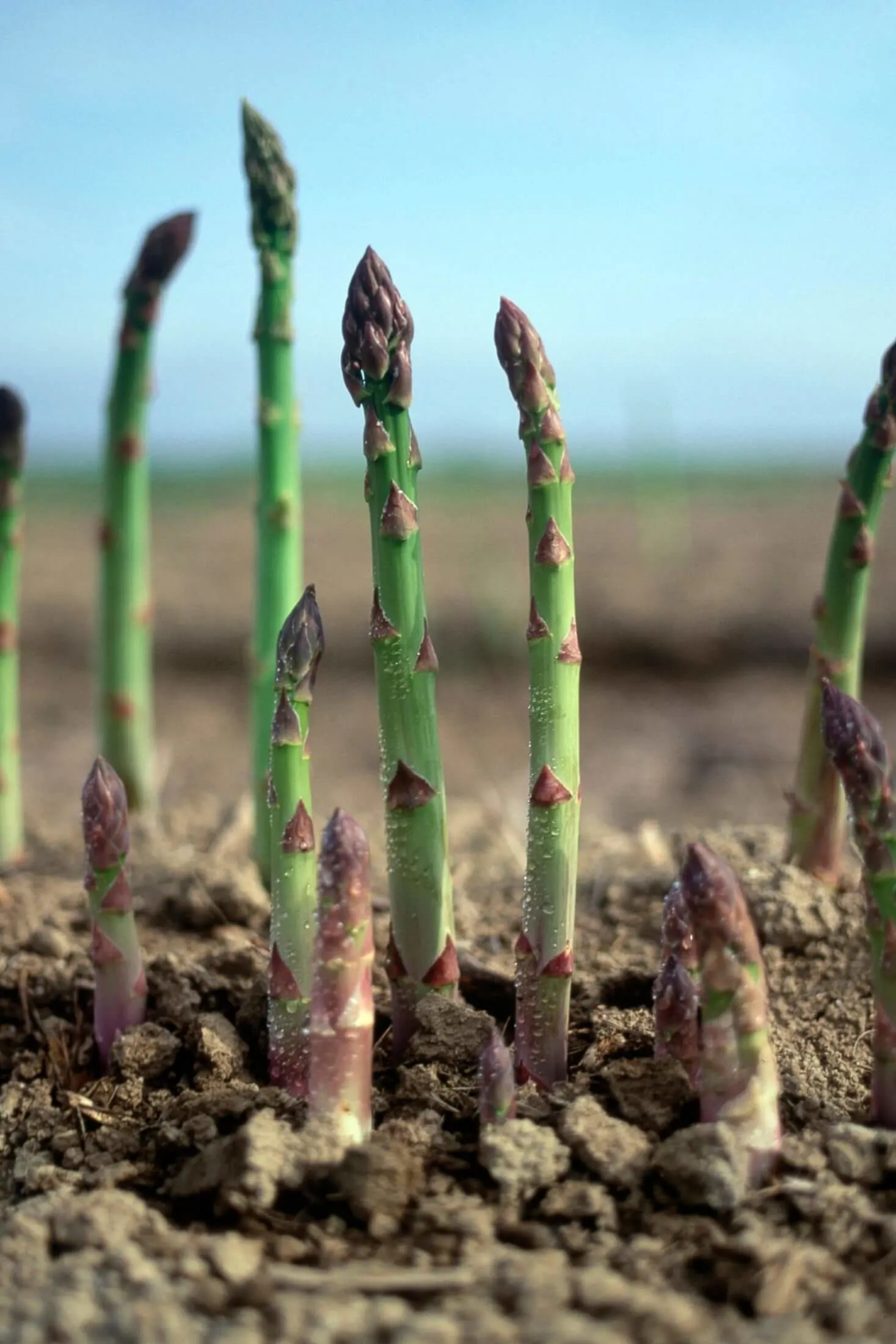
Dill:
Dill is considered a poor companion plant for carrots due to a couple of main issues. Both dill and carrots attract similar pests, specifically, the carrot rust fly. When these two plants are grown in close proximity, it increases the likelihood of these pests moving easily from one plant to another, potentially leading to a more severe infestation.
Dill and carrots are part of the same plant family, Apiaceae. If they are allowed to flower, they can cross-pollinate. This becomes a problem if you're saving the seeds of your carrots for future planting. The seeds may inherit traits from the dill, resulting in unexpected and often undesirable characteristics in the new plants, such as unusual flavors or textures.
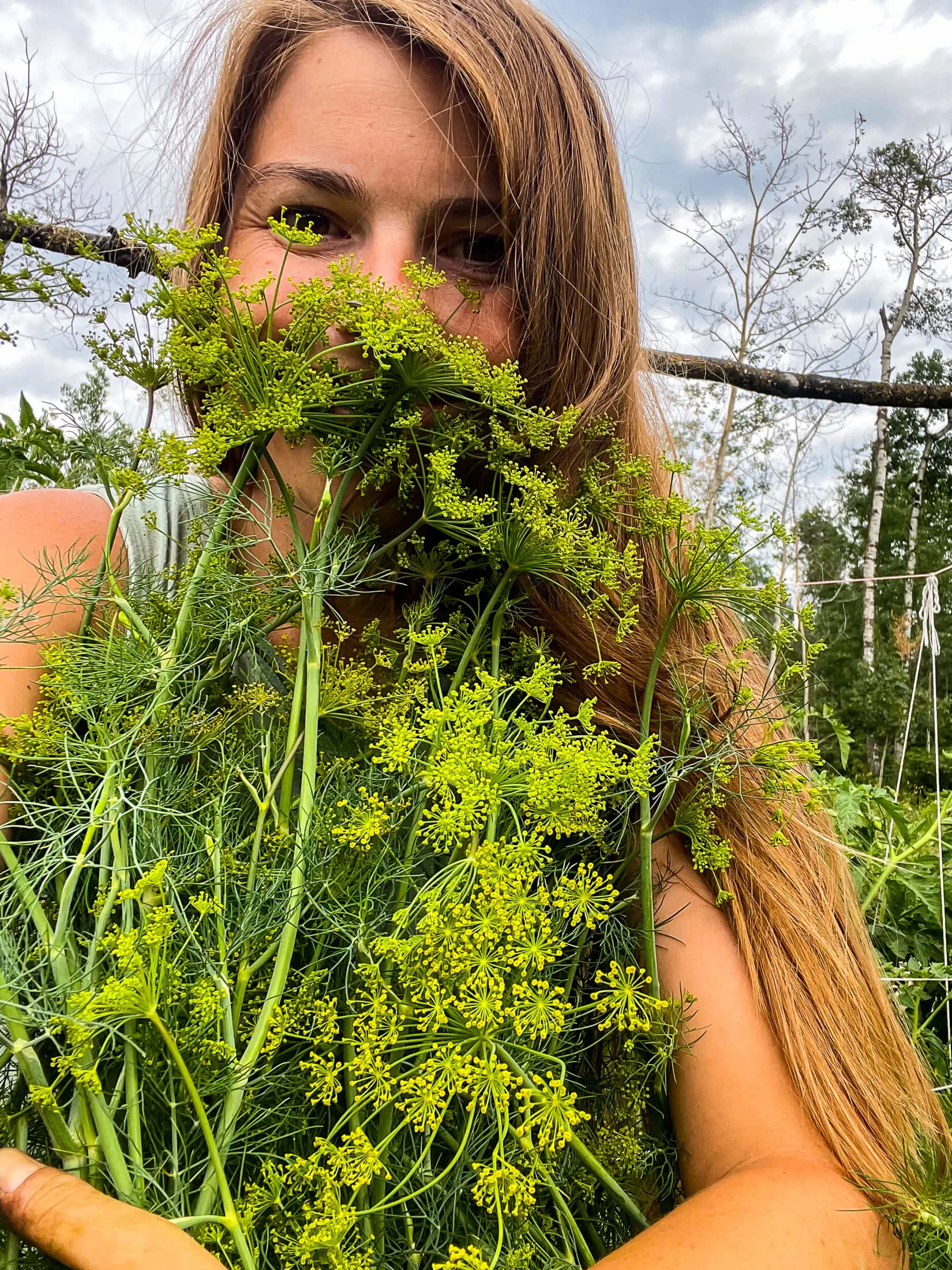
Celery:
Carrots have long deep taproots used to absorb nutrients and store carbohydrates. But they aren't alone, celery also has a deep root system that extends vertically down into the soil, which can lead to competition for resources between the two plants.
Harvesting deep-rooted carrots can easily damage the roots of your long-season celery plant. This is generally not a problem for us, as I'm a bit of a lazy gardener and I harvest my carrots well after the first frost - long after the celery is dehydrated or frozen for future use!
But both celery and carrots are members of the same plant family. These pests can easily move from one crop to the other if they're planted close together, potentially leading to greater infestation and damage. Planting cousins too close in the garden can invite unwanted pests or diseases to both. It's best to keep them spaced out.

Parsley:
Avoid planting parsley and carrots too closely together as they are members of the same family which makes them susceptible to many of the same pests and diseases. It's always a good idea when you can avoid the all-you-can-eat buffet for pests like the carrot rust fly.
Another point to note is that these plants can cross-pollinate. If you're in the right growing zone and both are left to complete their biennial growth cycle and flower in the same season they can cause pollination issues for each other.
This is a real problem if you're planning on seed saving on the homestead.
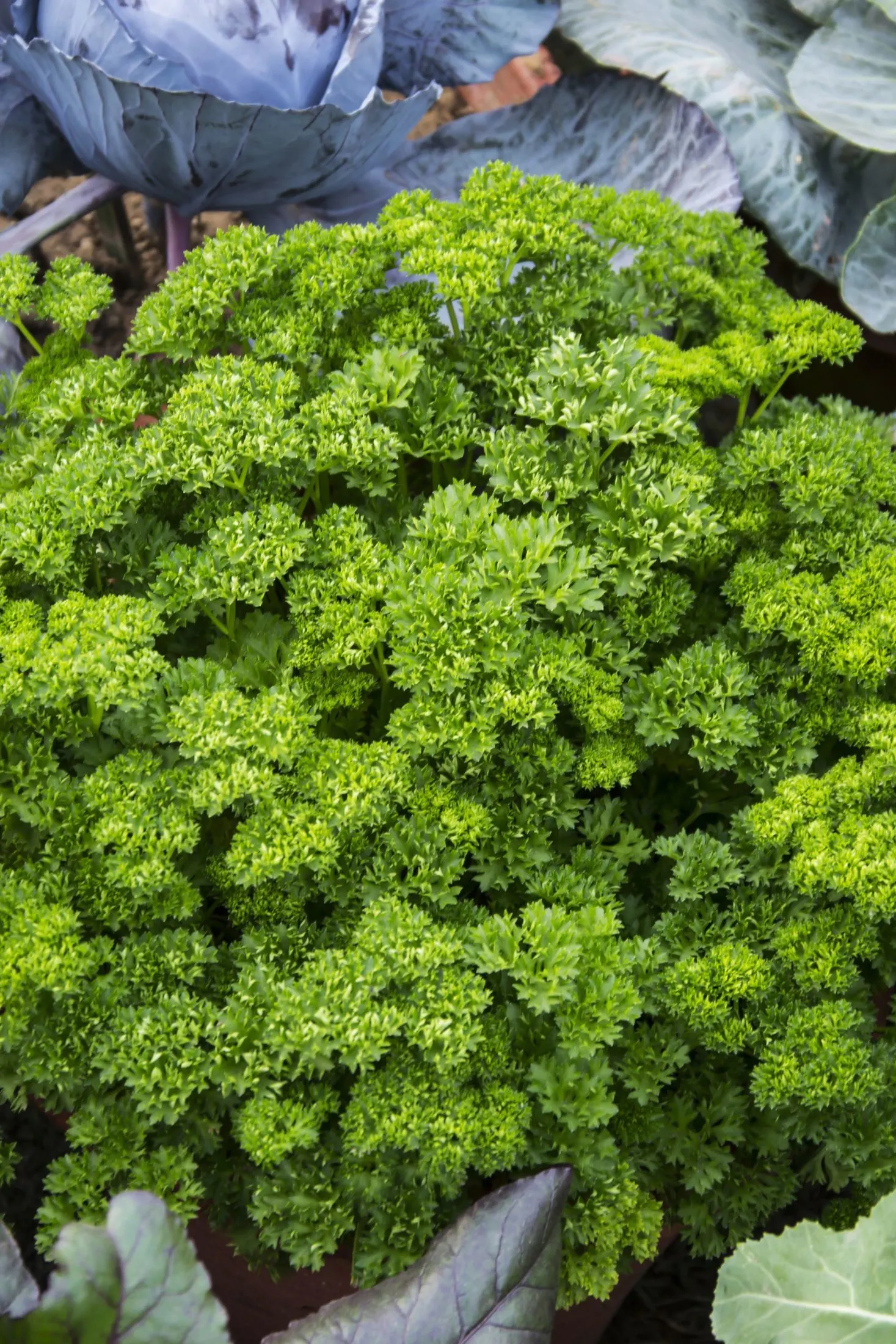
Can't Get Enough Companion Planting?
Notes From The Homestead Garden
Companion planting with carrots can be a beneficial practice for any gardener.
By strategically choosing plants to grow alongside them, you can enhance their flavor and deter pests and unwanted visitors. But it is important to also consider the worst companion plants for carrots in order to avoid competition for resources and potential pest infestations. With proper planning and knowledge of which plants to avoid growing alongside carrots, you can ensure a successful and bountiful harvest.
As for the belief that tomatoes enhance the flavor of carrots - whether it's true or not, there's no harm in trying out this popular pairing in your own garden and seeing the results for yourself!
Sources
- WVU Extension
- Carrots Love Tomatoes - Louise Riotte
- Roses Love Garlic - Louise Riotte
- Almanac
- Farmer's Almanac
Pin This Guide To Companion Planting With Carrots!
